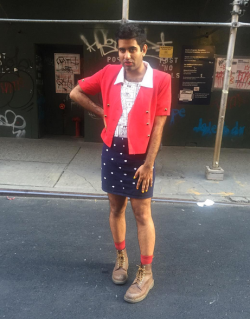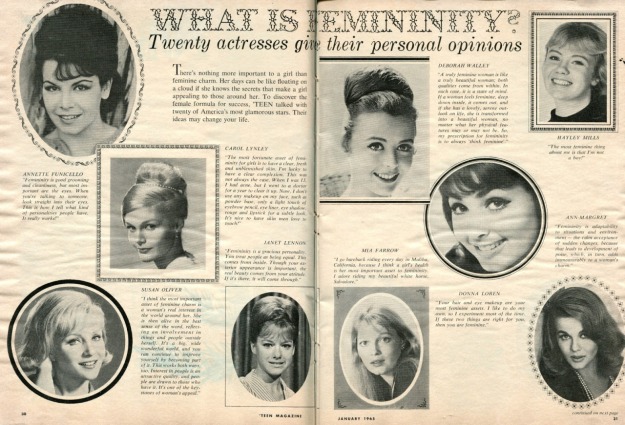 On the part of the form that said “Reason for visit?” I wrote “discuss high cholesterol and the potential health risks of starting testosterone”. The Cardiologist listened to my heart with a stethoscope, took an EKG, looked at my blood work, asked me some questions about my exercise and diet, and asked about the circumstances of my parents’ deaths. I walked out with a prescription for low dose Atorvastatin (20mg once a week to lower my cholesterol) and a follow-up appointment in May.
On the part of the form that said “Reason for visit?” I wrote “discuss high cholesterol and the potential health risks of starting testosterone”. The Cardiologist listened to my heart with a stethoscope, took an EKG, looked at my blood work, asked me some questions about my exercise and diet, and asked about the circumstances of my parents’ deaths. I walked out with a prescription for low dose Atorvastatin (20mg once a week to lower my cholesterol) and a follow-up appointment in May.
He also gave me the green light for going on testosterone. He said that if I thought I’d be overall happier and healthier on testosterone then I should start taking it and we’d watch and manage my cholesterol. I should be ecstatic; my cholesterol was the only medical obstacle to starting testosterone. Instead, it sent me into another confused tailspin.
I talked to my Nurse Practitioner at Callen-Lorde. She offered to write me a prescription for testosterone and I told her I wanted to wait. She said to call her when I was ready. My next appointment isn’t until September.
Putting off taking taking testosterone feels different than saying “I’ve decided not to go on it.” Even if the outcome is the same. When I think about never going on testosterone, I get very sad. Crying sad. Raging at the unfairness sad.
It lets loose all of my childhood denial. I’m not really a girl, I can’t really be a girl, there has got to be a fix for this, I’m really a boy, and someday I’m going to turn into one. Somewhere in there I still have hope, even though nothing short of a time travel machine can turn me back into a boy. Starting testosterone won’t do it; it will make me look and sound like a man.
My reasons for wanting to start are straight forward. If I don’t try it then I will never know if it is the right thing for me to do. If I don’t like it, I can stop and call it quits. I want it to lower my voice. I want it to make people stop Ma’aming me. I want it to nudge me along.
My reasons for refraining are also simple. I might not like how I masculinize. Donna might not like how I masculinize. I will have a lot of explaining to do as I change, and I’m not sure what to say about it. Continue reading →
 I went back to the gym after taking two months off. As soon as I entered the New York Sports Club, I remembered why I hadn’t been back. I didn’t want to use the women’s locker room. There have been several critical moments in my transition where parts of my routine that I could previously tolerate suddenly became unthinkable. Where my ability to dissociate snapped. Where the cognitive dissonance broke the sound barrier.
I went back to the gym after taking two months off. As soon as I entered the New York Sports Club, I remembered why I hadn’t been back. I didn’t want to use the women’s locker room. There have been several critical moments in my transition where parts of my routine that I could previously tolerate suddenly became unthinkable. Where my ability to dissociate snapped. Where the cognitive dissonance broke the sound barrier.









